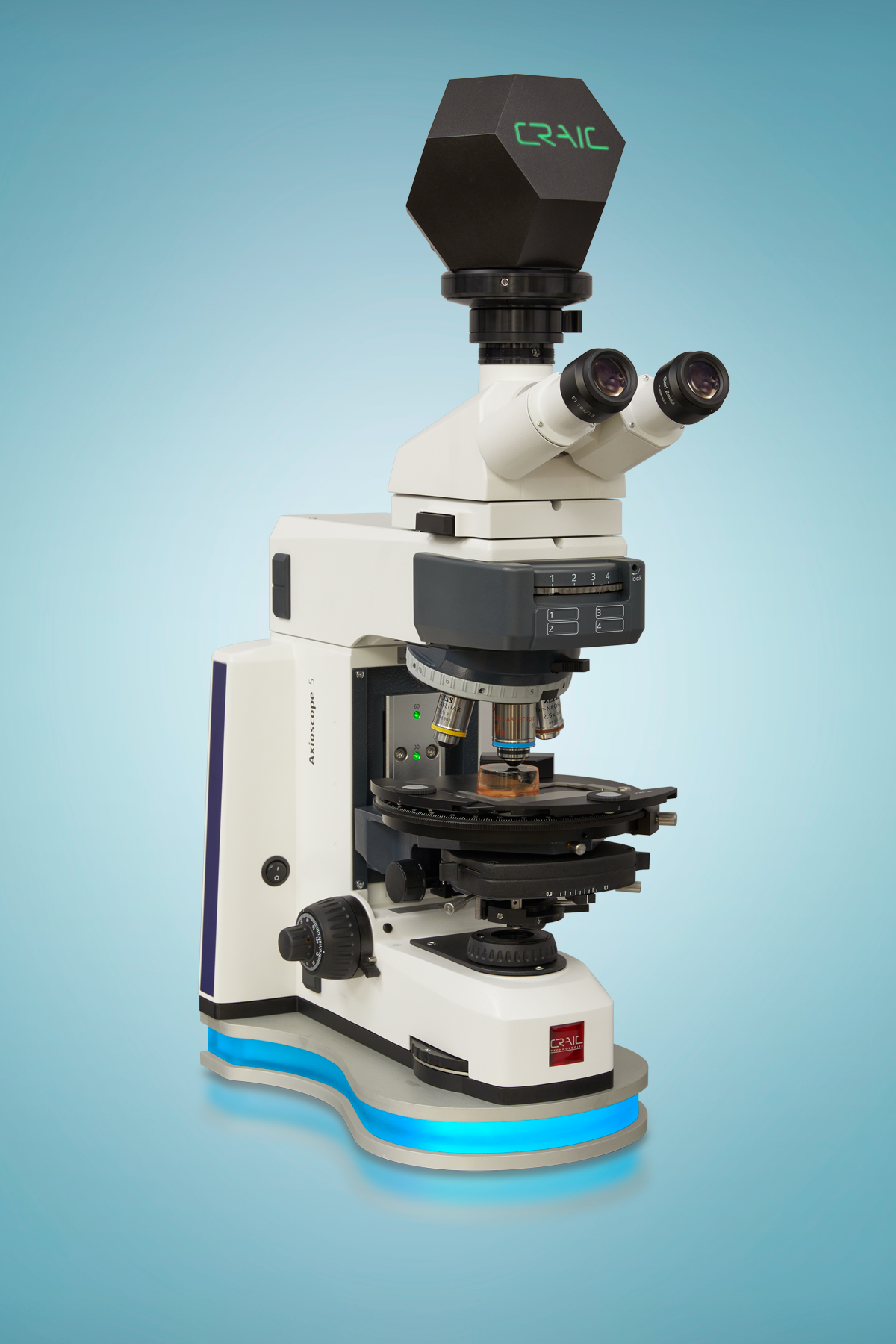
The Latest in Geological and Biological Analysis from Craic
From: CRAIC Technologies
Posted On: 13 Jun 2025
CRAIC Technologies Unveils Cutting-Edge Point Counting Solution for Geological Analysis
CRAIC Technologies, a pioneering provider of scientific instrumentation, is thrilled to announce the launch of its state-of-the-art point counting solution, poised to revolutionise geological analysis and research practices worldwide. An additional module for it’s GeoImage™ vitrinite reflectance system, it enhances the capabilities and throughput of this system.
Geological analysis plays a pivotal role in understanding Earth’s history, composition, and evolution. Point counting, a fundamental technique in petrology and mineralogy, enables researchers to quantify mineral composition, texture, and distribution within geological samples. However, traditional point counting methods often involve manual processes prone to subjectivity and variability. CRAIC Technologies’ innovative point counting solution leverages advanced imaging technology and servo-driven tools to enhance accuracy, efficiency, and reproducibility in geological investigations.
“Our new point counting solution represents a significant leap forward in geological analysis capabilities,” said Dr. Paul Martin, CEO at CRAIC Technologies. “By integrating cutting-edge imaging technology with servo-driven movement, as part of our GeoImage™ vitrinite reflectance system, we are empowering researchers to obtain precise, reliable, and actionable data with unprecedented ease and efficiency.”
Key features of CRAIC Technologies’ point counting solution include:
- High-Resolution Imaging: Utilising sophisticated microscopy and imaging systems, the solution captures detailed, high-quality images of geological samples with exceptional clarity and resolution.
- Point Counting: Advanced image processing allow the user to quickly identify and count points of interest within geological samples, reducing analysis time.
- Customisable Analysis Parameters: Researchers can customise analysis parameters to suit specific sample types, research objectives, and analytical requirements, ensuring flexibility and accuracy in results.
CRAIC Technologies’ point counting solution promises to transform geological analysis across a range of applications, including mineral exploration, environmental assessment, academic research, and industrial quality control. By delivering innovative tools and technologies, the company is committed to advancing scientific discovery, innovation, and sustainability in the field of geology.
Applications of UV-Visible-NIR Microspectroscopy in Biological Studies
Abstract
Ultraviolet-Visible-Near Infrared (UV-Visible-NIR) microspectroscopy has emerged as a versatile and non-invasive analytical tool for studying biological systems. By leveraging the broad spectral range and high spatial resolution, this technique enables detailed examination of biomolecules, cells, and tissues. This applications note explores how UV-Visible-NIR microspectroscopy contributes to biological research, including protein characterisation, cellular imaging, and tissue analysis, highlighting its unique advantages, challenges, and potential for advancing life sciences.
Introduction
Biological studies require precise, non-invasive methods to analyse complex systems at the molecular, cellular, and tissue levels. UV-Visible-NIR microspectrophotometers, such as the CRAIC Technologies 2030PV PRO™, combines high-resolution optical imaging with spectral analysis across the ultraviolet, visible, and near-infrared regions. This broad spectral range allows the detection and characterisation of various biological components, such as proteins, nucleic acids, lipids, and pigments.
The technique is particularly valuable for its ability to:
- Detect intrinsic chromophores, such as aromatic amino acids, heme groups, and nucleotides.
- Analyse molecular conformations and interactions in real time.
- Visualise and quantify biomolecular changes in their native environments
Principles of UV-Visible-NIR Microspectroscopy
The 2030PV PRO™ UV-Visible-NIR microspectrometer operates by directing a focused light beam onto a biological sample and measuring the absorption, transmission, reflectance, fluorescence or Raman across the spectral range. The system consists of:
- Light Sources: A combination of UV, visible, and NIR lamps or lasers to cover the spectral range.
- Optical Components: Lenses and objectives for high spatial resolution, great image quality and capabilities of operating in the UV, visible and NIR regions.
- Detectors: Purpose built spectrometers for capturing wavelength-specific signals.
- Software: For spectral data acquisition and analysis.
Key features include: - Broad Spectral Coverage: From 200 nm (UV) to 2500 nm (NIR), enabling comprehensive analysis.
- High Sensitivity: Detection of subtle spectral changes.
- Spatial Resolution: Micrometer-level resolution for localised measurements.
Applications in Biological Studies
Protein and Enzyme Characterisation:
- Detection of aromatic amino acids (e.g., tryptophan, tyrosine) using UV absorbance.
- Monitoring conformational changes and ligand binding via spectral shifts.
- Quantification of protein concentrations using the Beer-Lambert law.
Cellular Imaging and Analysis:
- Mapping chromophores and pigments within cells.
- Studying metabolic changes by tracking NADH, FAD, or heme absorbance.
- Analysing cellular components in fixed or live samples.
Tissue Analysis:
- Differentiation of healthy and diseased tissues based on spectral signatures.
- Monitoring oxygenation levels in tissues via hemoglobin
absorbance. - Assessing structural and compositional changes in pathological conditions.
Nucleic Acid Studies:
- Characterising DNA/RNA purity and concentration through UV absorbance at 260 nm.
- Monitoring hybridisation and denaturation processes.
Lipid and Membrane Studies:
- Analysis of lipid compositions using NIR spectral features.
- Studying membrane dynamics and phase transitions.
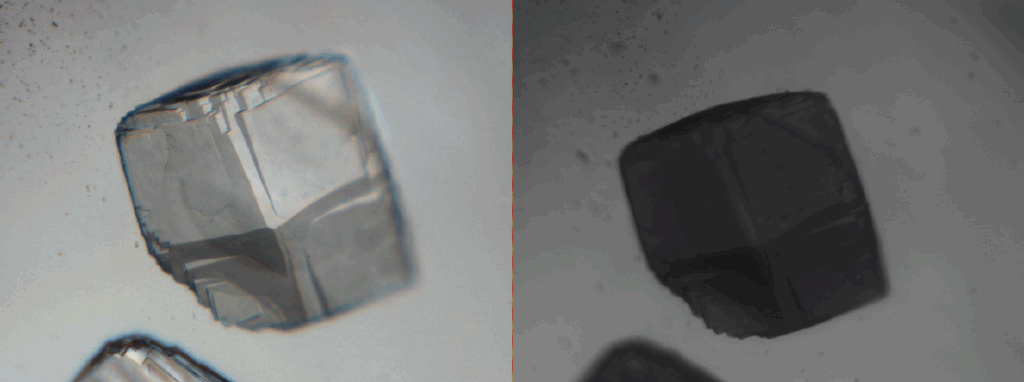
Advantages
- Non-destructive Analysis: Allows in situ examination of biological samples without altering their native state.
- High Sensitivity: Capable of detecting minute changes in biomolecular properties.
- Broad Applicability: Suitable for a wide range of biological samples and experimental conditions.
- Real-time Monitoring: Enables dynamic studies of molecular processes.
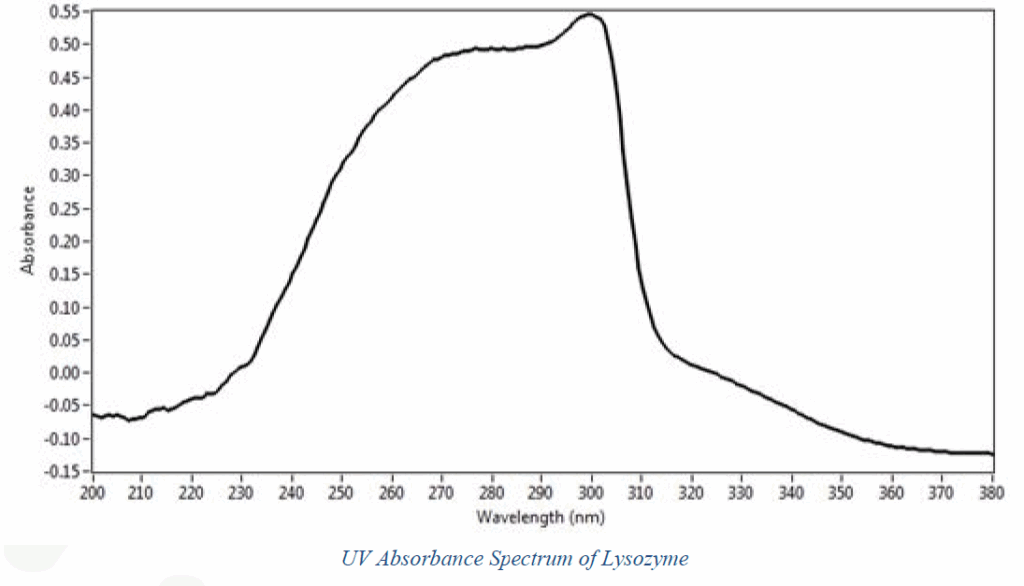
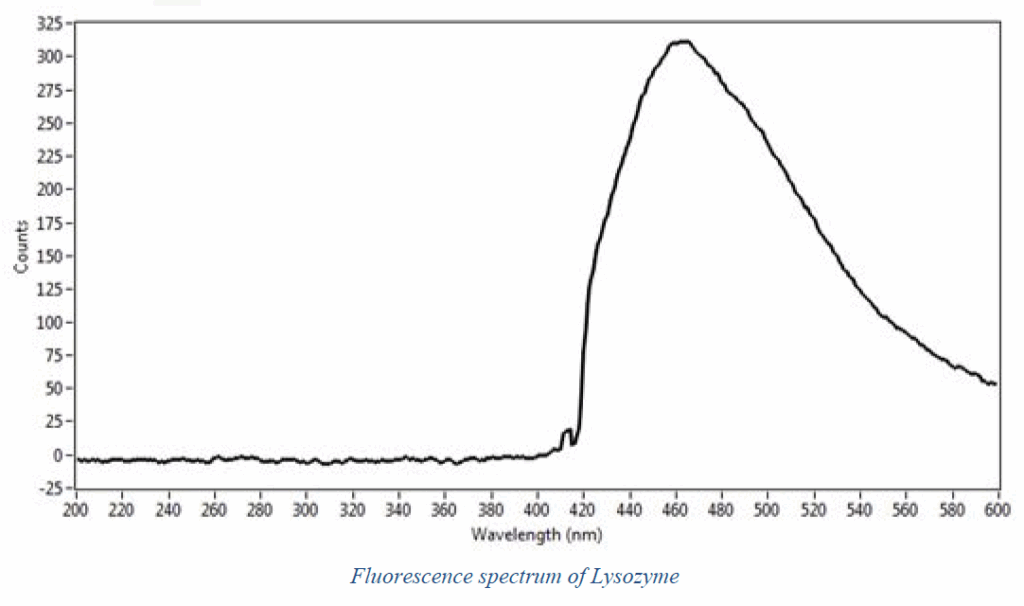
Challenges and Limitations
- Sample Preparation: Can require careful preparation. For example, UV microspectra require the use of UV transparent mounting materials and slides.
- Spectral Overlap: Absorbance features of different biomolecules may overlap, complicating interpretation.
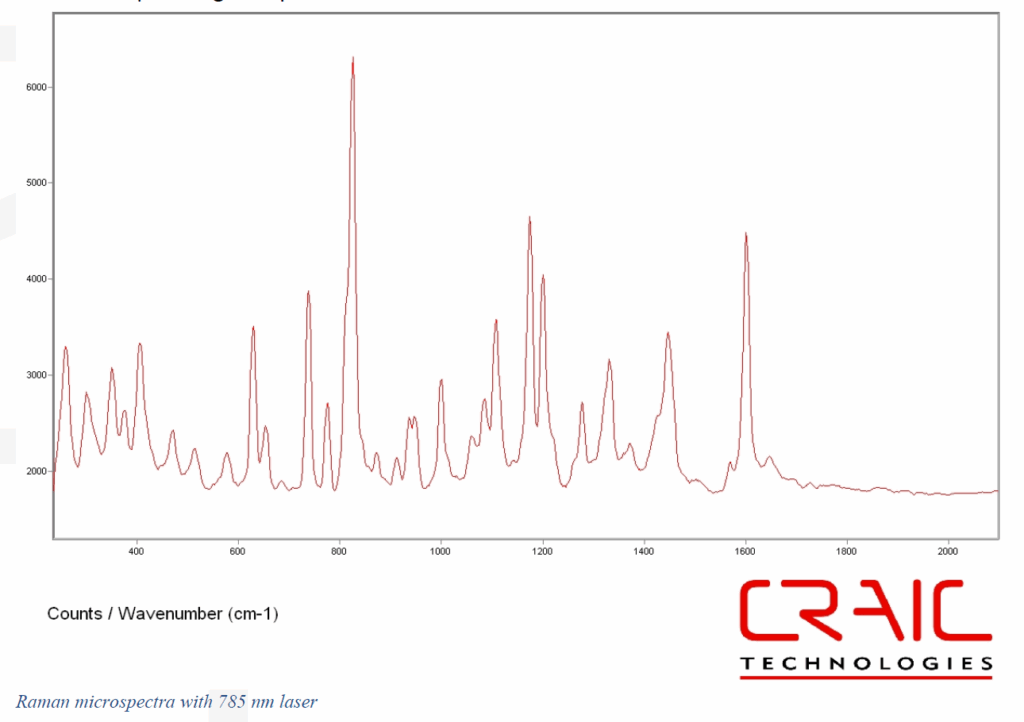
Conclusion
UV-Visible-NIR microspectroscopy is a powerful tool for biological studies, offering non-invasive, high-resolution analysis across a wide spectral range. Its applications span from protein characterisation to tissue analysis, providing valuable insights into biomolecular processes. As technology advances, this technique will continue to play a pivotal role in advancing our understanding of complex biological systems.
Unveiling the Biological Frontier: CRAIC Technologies Circular Dichroism Microspectrometers Pioneer Molecular Insights
CRAIC Technologies is proud to introduce Circular Dichroism Microspectroscopy. The field of biology is witnessing a transformative leap forward with the advent of Circular Dichroism (CD) Microspectroscopy, an innovative analytical technique that bridges micron-scale precision with biological applications. By integrating the principles of circular dichroism with advanced microscopy, this revolutionary technology is redefining our understanding of biological structures and functions.
What is Circular Dichroism Microspectroscopy?
Circular Dichroism Microspectroscopy combines the foundational science of circular dichroism—which measures differences in the absorption of left- and right-circularly polarised light—with high-resolution microscopy. This hybrid approach enables researchers to investigate biomolecular structures with unmatched spatial precision, offering groundbreaking insights into biological processes.
Key Features and Advantages
- Biological Relevance: Provides critical data on protein folding, nucleic acid configurations, and chiral biomolecules, which are fundamental to understanding life processes.
- Microscopic Resolution: Reveals localised molecular interactions and structural details within cells, tissues, and complex biological matrices.
- Non-Invasive Analysis: Preserves biological samples, making it ideal for rare, sensitive, or living specimens.
- Interdisciplinary Applications: Supports research across molecular biology, biochemistry, and cellular biology.
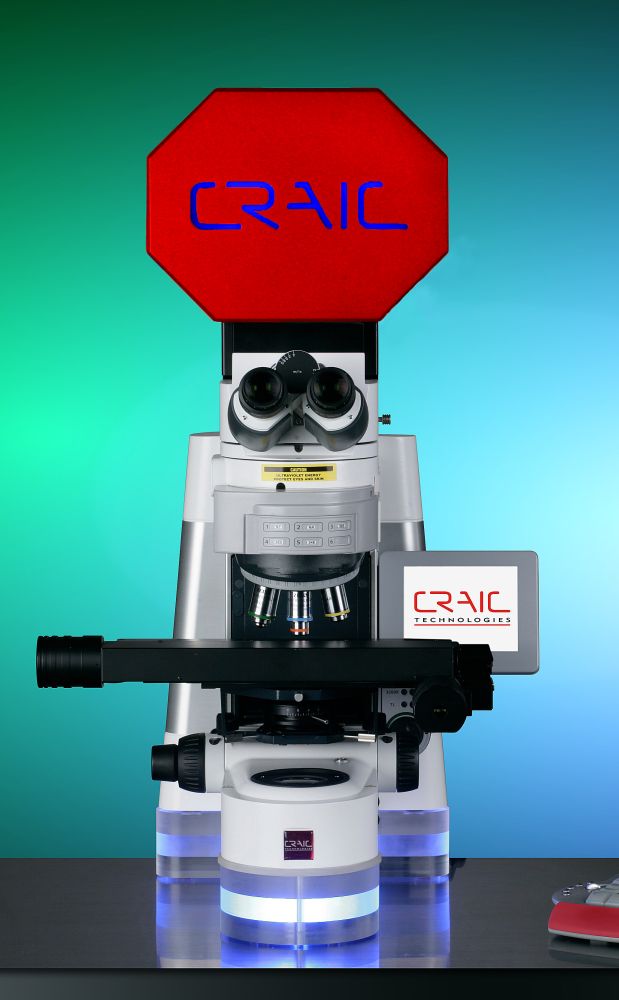
Transformative Applications in Biology
- Drug Discovery and Development: Enhances the characterisation of biomolecular targets, facilitating the development of more effective therapies.
- Cellular and Tissue Analysis: Enables spatially resolved studies of biomolecular changes in specific cellular regions, aiding in cancer research and regenerative medicine.
- Environmental Biology: Examines structural dynamics of biomolecules in natural ecosystems, contributing to ecological conservation and biomonitoring.
- Protein Structure and Function: Delivers insights into protein conformations, misfolding, and interactions critical for understanding diseases such as Alzheimer’s and Parkinson’s.
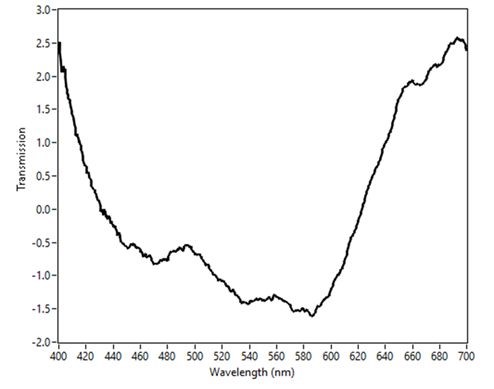
Dr. Paul Martin, President of CRAIC Technologies, states, “CD Microspectroscopy has transformed how we study biological macromolecules. It provides a unique window into the structural dynamics that underpin life itself.”
Future Prospects in Biological Research
As CD Microspectroscopy technology advances, it is poised to deliver even greater precision and versatility. Emerging developments promise enhanced capabilities for in vivo studies, personalised medicine, and biomolecular diagnostics, further solidifying its role as a cornerstone of modern biological research. To learn more about CRAIC Technologies and CD Microspectroscopy, visit us at microspectra.com or send us an email at sales@microspectra.com.
For more information about CRAIC Technologies’ point counting solution and other cutting-edge scientific instrumentation offerings, please visit microspectra.com or contact us at sales@microspectra.com.
About CRAIC Technologies:
CRAIC Technologies is a leading provider of innovative spectroscopic solutions, specialising in the design and manufacture of advanced instruments for spectral analysis and imaging. With a commitment to excellence and customer satisfaction, CRAIC Technologies continues to push the boundaries of spectroscopic technology, empowering researchers and industry professionals with state-of-the-art tools for scientific discovery and analysis.
Click below to find out more!


